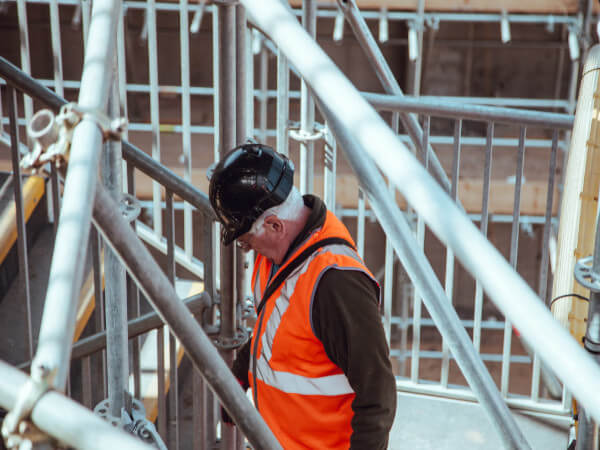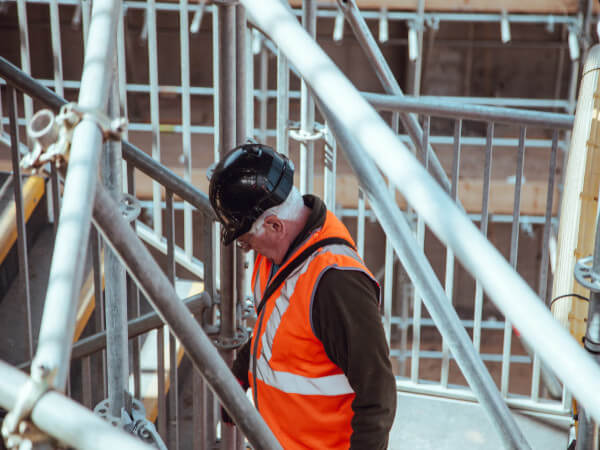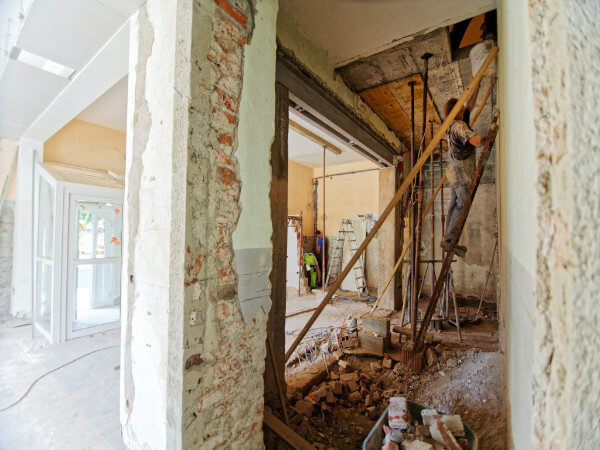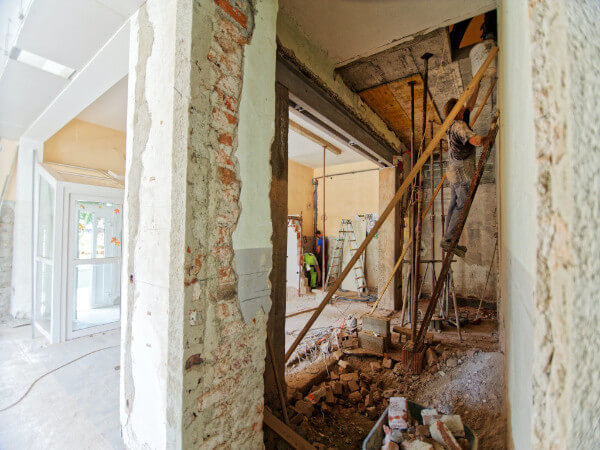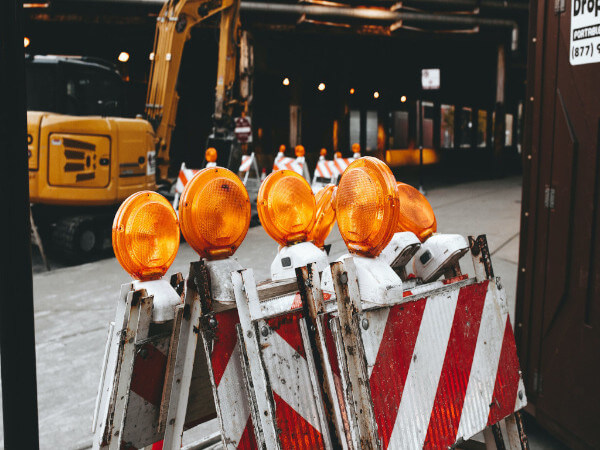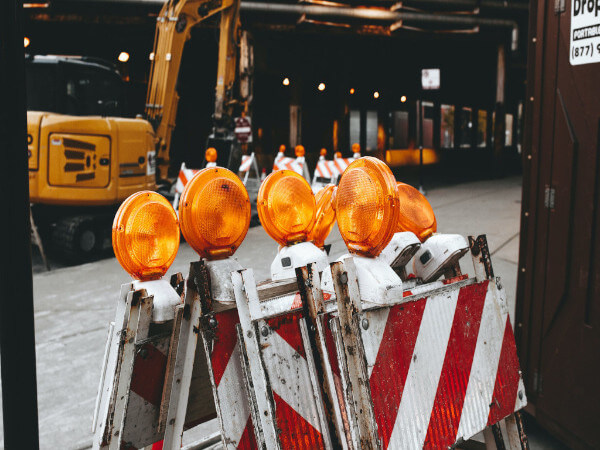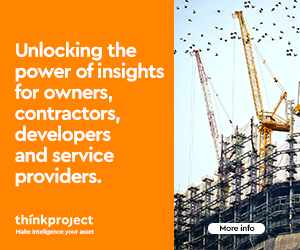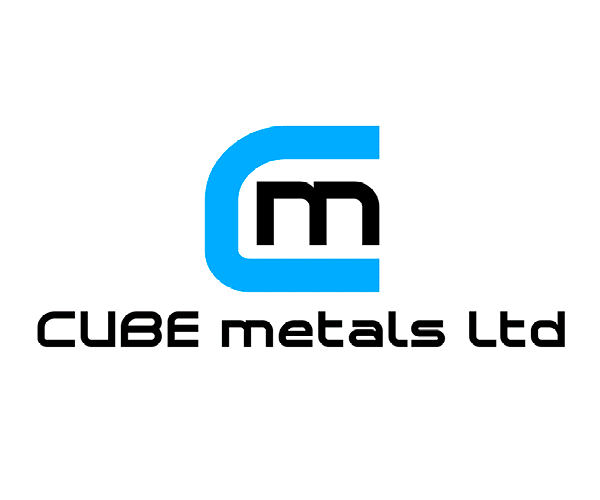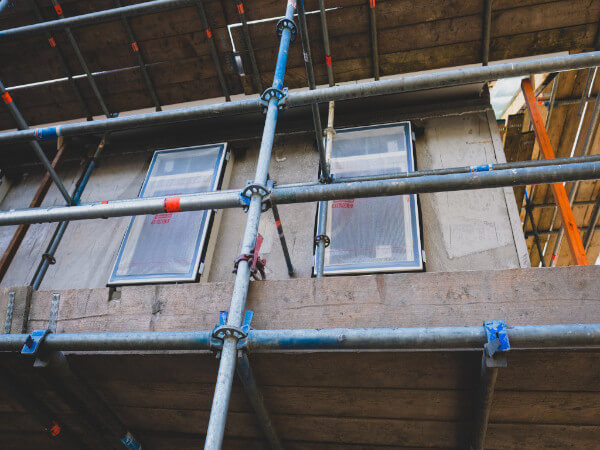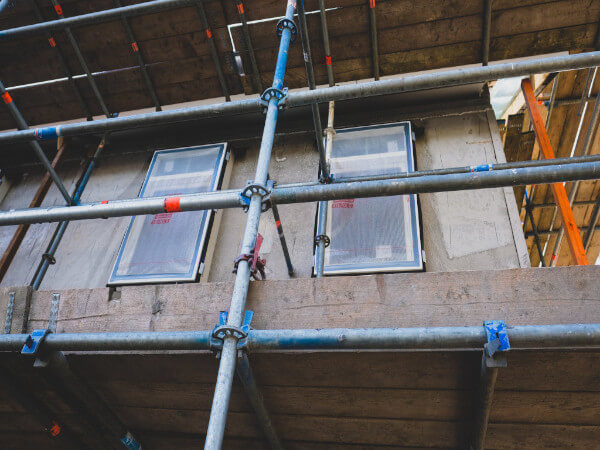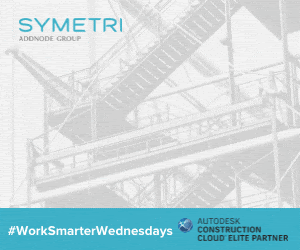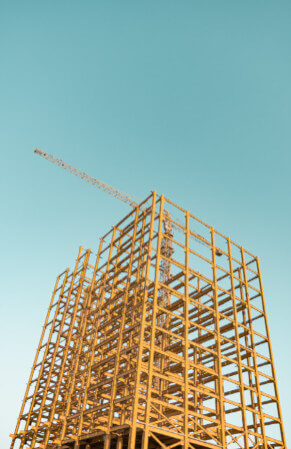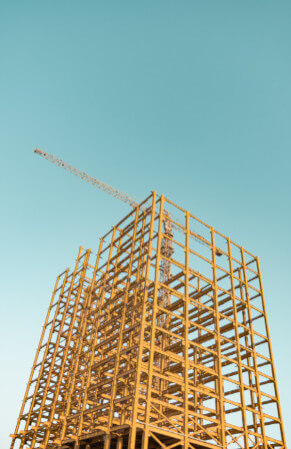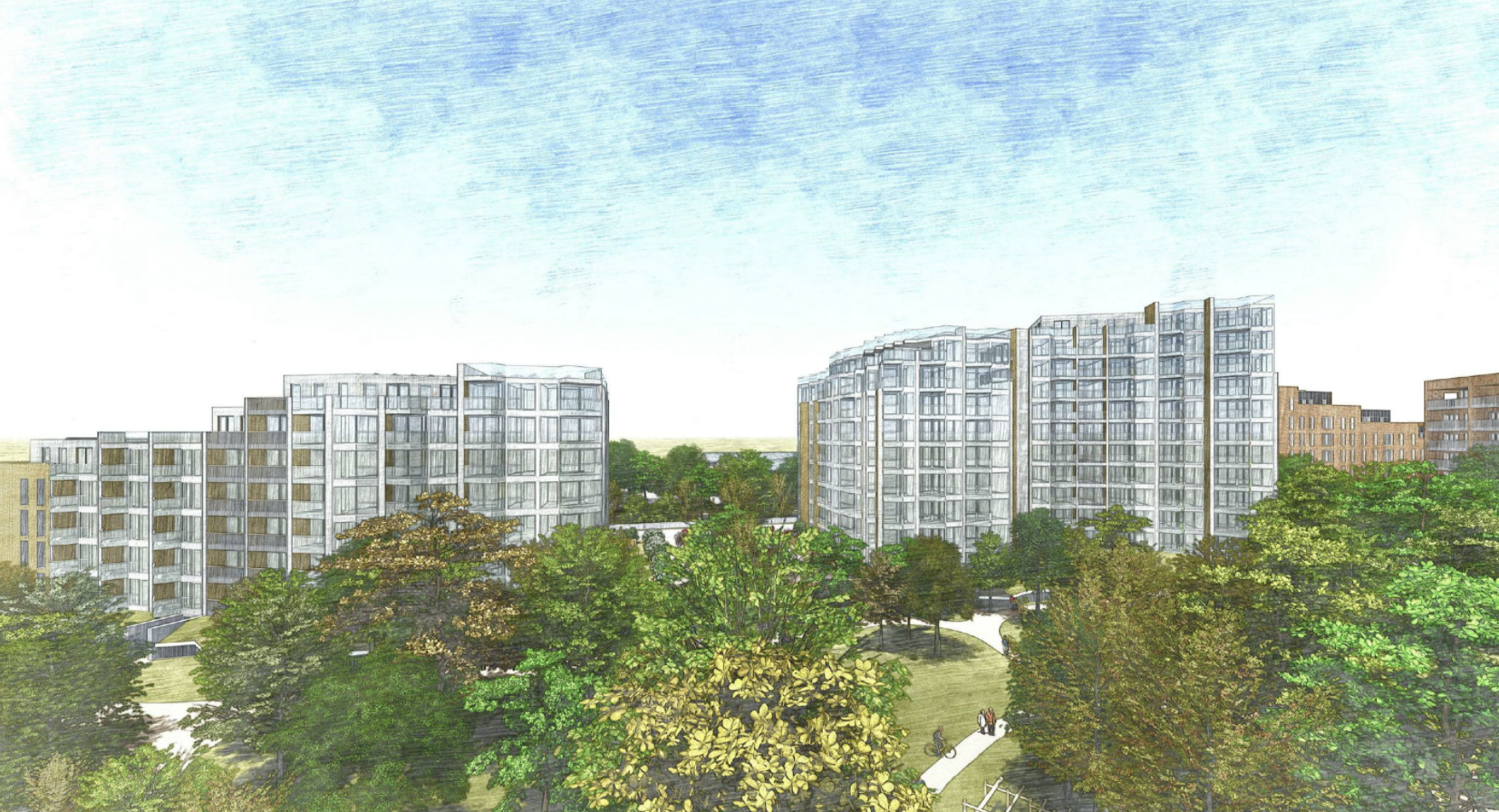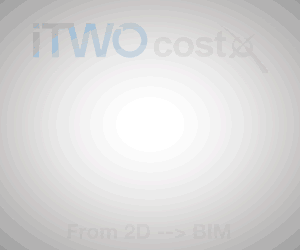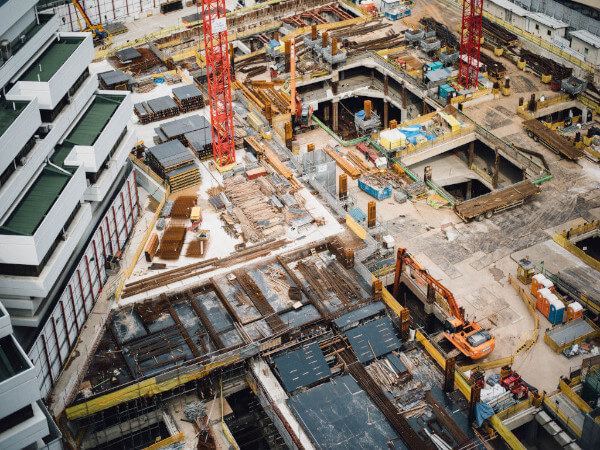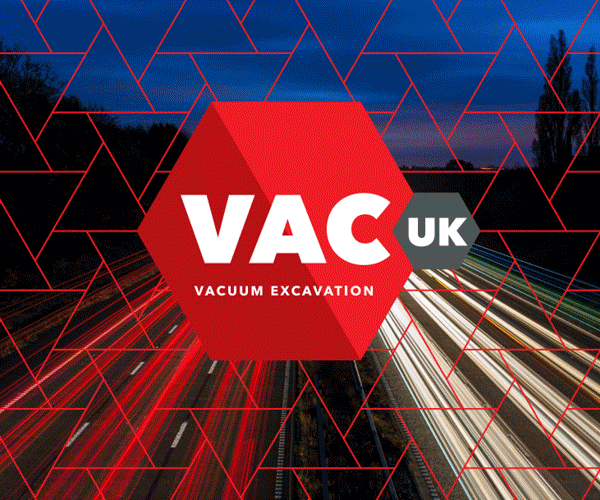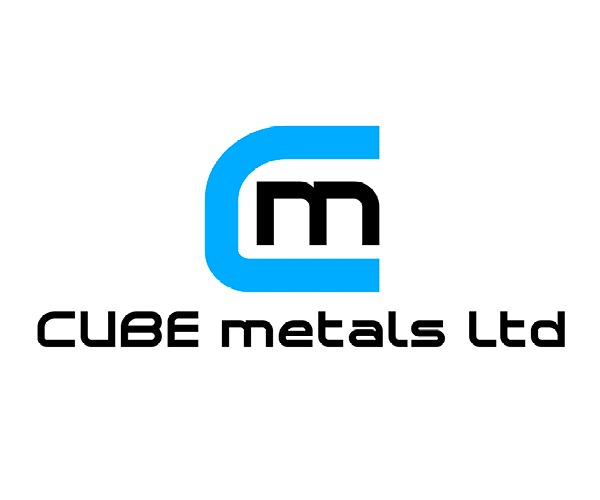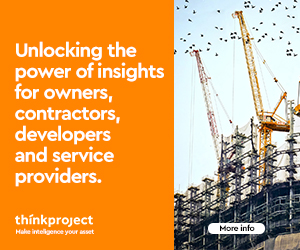2020 was a major transition period for construction, but 2021 is arguably an even more pivotal year for the industry.
If the previous year was all about adopting new tools and ways of doing things, 2021 is one that’s focused on applying the lessons and solutions we picked up in 2020 and figuring out how they fit into today’s new normal.
With more tools, innovations, and insights than ever before, now is the perfect time for construction firms to invest in continuous learning opportunities for their employees.
Enter Autodesk University 2021, the premier conference that brings together top professionals in architecture, engineering, and construction.
Between October 5-14, 2021, the event promises to be an unforgettable experience packed with learning and networking opportunities. You’ll get the chance to attend various keynotes, as well as live and on-demand sessions. Plus, you’ll get to connect with fellow construction professionals from all over the globe.
Register today and mark your calendar!
REGISTER
AU 2021 is a must-attend event for all construction professionals who want to advance their careers. There will be keynote sessions, classes, and workshops covering multiple topics within construction in addition to topics on architecture, engineering, and manufacturing and how they are impacting what you do. No matter what your role is or where you are in your career, you’ll certainly pick up valuable knowledge, skills, and opportunities by attending.
This year, Autodesk University is taking place on the following dates:
- October 5 – 7: Americas
- October 6 – 8: EMEA and APAC (Australia and New Zealand, India)
- October 13 – 14: East Asia (China, Japan, Korea)
It’s a truly global event designed to cater to all attendees, no matter where you’re coming from. Select sessions will be available in multiple languages and English, including German, Japanese, Chinese, Korean, Russian, Spanish, and French.
If registration is currently unavailable for your region or language, please check back in the coming weeks.
Why Attend AU 2021?
Staying stagnant isn’t an option if you want to progress in such a dynamic field like construction. Keeping yourself abreast with updates on recent trends and developments, as well as surrounding yourself with like-minded peers, will open you up to new ideas and innovations — all of which can help you be more competitive in the industry.
As for why you should attend AU 2021 specifically, here are just a few ways that this no-cost event can benefit you and your organization.
Learn from Experts
AU 2021 offers a range of keynotes, workshops, and live panels led by industry and product experts who are at the forefront of construction innovation. Not only will you have the opportunity to hear from them, you can also get your questions answered and participate in highly interactive sessions.
Be the First to Hear Exciting Autodesk News
Connect with the very people behind the products you use every day — including the latest news and updates for Autodesk Construction Cloud unified platform.Key Autodesk product professionals, specialists, and industry enthusiasts will take the stage and provide updates and tips to help you get the most out of your software. Whether you’re a product expert or just getting started with Autodesk software, you’ll want to tune in.
Advance Your Career
If you want to know what’s next in construction and future-proof your organization, AU 2021 has got you covered. The event will fill you in on emerging construction technology, trends, and ideas shaping the future of our industry. You’ll walk away with information that you can apply both at a strategic and tactical level, ensuring that your company doesn’t get left behind.
How to Register
Autodesk University 2021 is no cost to attend, though you need to register in order to access the sessions and resources offered by the event. Just use your Autodesk account to sign up for AU 2021.
If you don’t have an account yet, simply visit the Autodesk website to create one. From there, head to the registration page and enter your name and email.
REGISTER NOW
How to Plan Your Schedule
Autodesk University 2021 will offer hundreds of sessions. We want to make sure that you’re able to catch the ones most relevant to your needs, so we’ll curate session paths for specific interests and job roles. Stay tuned for more information over the next few weeks and get details on how you can design an AU 2021 experience that’s tailored to your needs.
To ensure you don’t miss any updates, subscribe to our blog and keep an eye out for event updates and session recommendations.
Looking forward to seeing you there!
The post Register Now for Autodesk University 2021 appeared first on Digital Builder.

